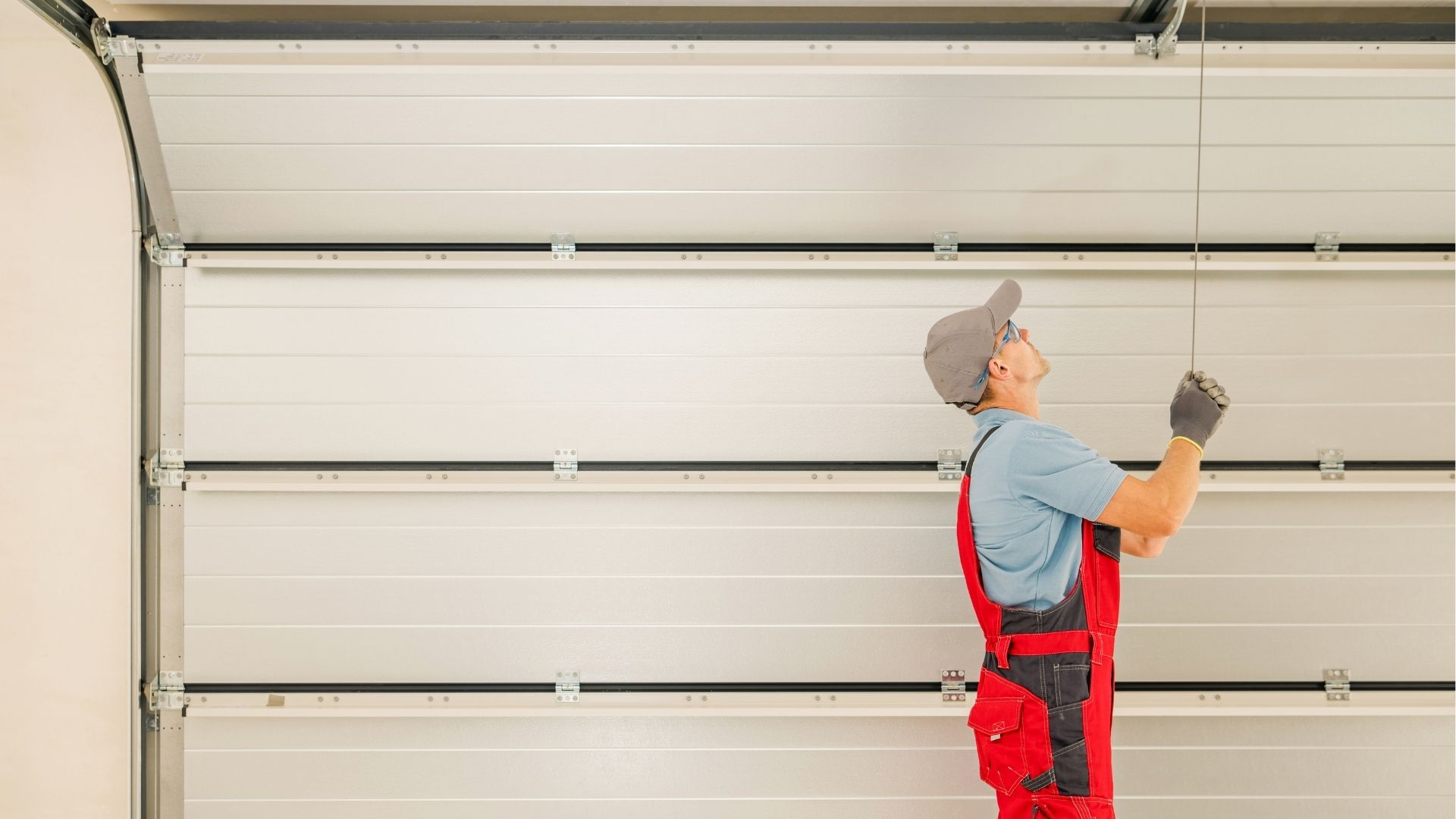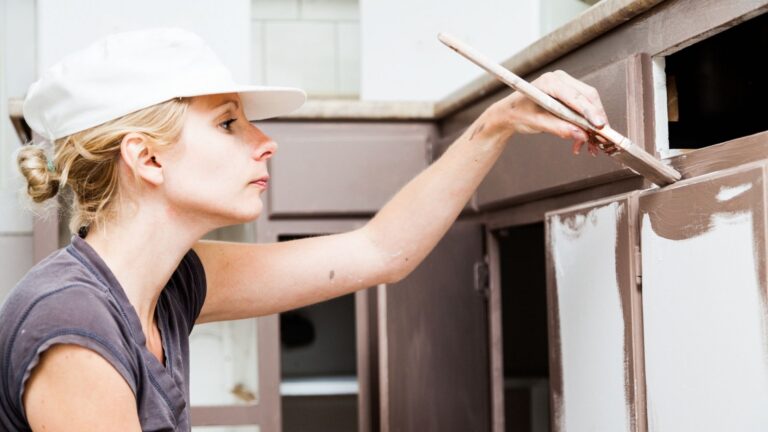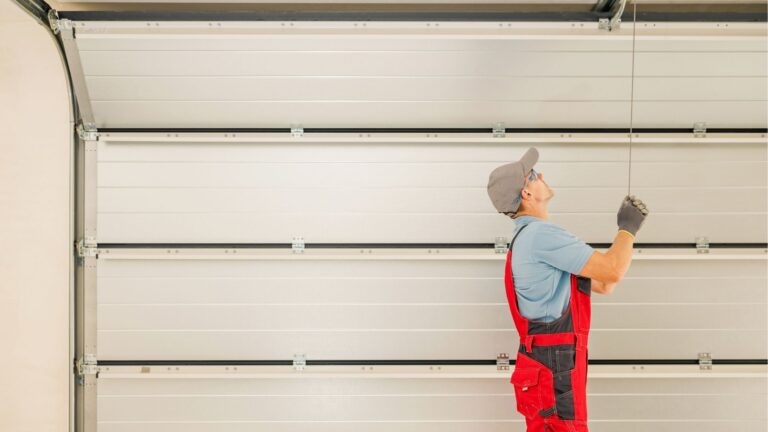Garage Door Insulation: Why It Matters and How to Do It Right
When it comes to improving energy efficiency and comfort in your home, garage door insulation is often overlooked. However, insulating your garage door can significantly reduce energy costs, improve temperature regulation, and even increase the value of your home. In this article, we’ll cover everything you need to know about garage door insulation — from benefits to installation techniques — helping you make a smart investment in your home.
Why Garage Door Insulation Is Important
Garages are typically one of the largest non-insulated spaces in a home. Without insulation, they can become extremely hot in the summer and freezing cold in the winter. Here’s why garage door insulation is a smart move:
- Temperature Control: Insulation helps maintain a consistent temperature, which is especially beneficial if your garage is attached to your home or used as a workspace.
- Energy Efficiency: Insulated garage doors help reduce the load on your HVAC system, leading to lower energy bills.
- Noise Reduction: Insulation dampens sound, making your garage — and adjacent rooms — quieter.
- Durability: Insulation reinforces your garage door, making it more impact-resistant and long-lasting.
- Increased Home Value: Insulated garages are a desirable feature for many buyers and can boost resale value.
Types of Garage Door Insulation
There are several materials used for garage door insulation. Each has its pros and cons, depending on your budget, climate, and insulation goals.
Polystyrene Panels
These are rigid foam panels that are inserted into the cavities of a garage door. They are lightweight, easy to install, and offer moderate insulation (R-value between 4 and 6).
Polyurethane Foam
Sprayed polyurethane offers superior insulation (R-value up to 18) and fills every gap and crevice. This type is more expensive but provides the best thermal and sound insulation. It’s often used in pre-insulated garage doors.
Reflective Foil Insulation
This type uses aluminum foil on both sides of a polyethylene foam or bubble core. It’s great for hot climates because it reflects radiant heat and is easy to install.
Fiberglass Insulation
Fiberglass batts or rolls are effective but harder to work with in a garage setting. They need to be covered with a vapor barrier to prevent moisture issues.
How to Insulate a Garage Door: Step-by-Step Guide
Here’s how to insulate your garage door using a DIY insulation kit, typically available at hardware stores.
Step 1: Measure Your Door
Measure the width and height of each panel on your garage door. Most doors have multiple rectangular sections. Record the size of each one for accurate cuts.
Step 2: Choose Your Insulation Kit
Select an insulation kit based on the type of insulation you prefer. Polystyrene or reflective foil kits are popular for DIY due to ease of use.
Step 3: Cut Insulation to Fit
Using a utility knife or scissors, cut the insulation material according to the panel measurements you took earlier. Make sure each piece fits snugly without bending or compressing the material too much.
Step 4: Install the Panels
Insert the insulation into each panel. Some kits come with double-sided tape or clips to hold the material in place. If yours doesn’t, you may need to use construction adhesive or additional fasteners.
Step 5: Seal the Edges
To further improve efficiency, use foil tape or weatherstripping around the edges of the garage door to prevent air leaks.
Additional Tips for Garage Insulation
While insulating the door is a great start, you’ll get the best results by insulating other parts of the garage too:
- Insulate the Walls: Use fiberglass batts or rigid foam boards on garage walls to enhance insulation.
- Weatherstrip Around the Door: Apply weatherstripping to the sides and bottom of the garage door to reduce drafts.
- Insulate the Ceiling: If your garage has an attic or roof space above, adding insulation there will improve overall efficiency.
When to Consider a Professional
If you’re unsure about doing it yourself or if you want the most effective insulation possible, hiring a professional might be the best option. They can help you select the right materials, ensure a proper fit, and even replace your garage door with a pre-insulated version if necessary.
Cost of Garage Door Insulation
The cost of insulating your garage door depends on the material and whether you DIY or hire a pro. Here’s a rough estimate:
- DIY Insulation Kits: $60 to $150
- Professional Installation: $200 to $500
- Pre-Insulated Garage Door: $600 to $2,000 (including installation)
Keep in mind that the initial investment often pays off quickly through energy savings and improved home comfort.
Conclusion
Garage door insulation is a simple yet effective way to increase comfort, save on energy bills, and improve the value of your home. Whether you choose a DIY kit or professional service, taking this step will bring long-term benefits. Evaluate your garage door, select the right insulation, and enjoy a more energy-efficient and functional space year-round.




